Productivity. It’s something both employers and employees want to improve. Employers want to get the most from their employees, while employees want to prove their value to their organization. But productivity is more than just managing distractions at work. And managing distractions involves more than just enforcing work break laws and monitoring internet connections. Employees give their best when their workplace supports what they value most, including meaningful work, relationships with coworkers and family, and personal well-being.

External motivation only goes so far
You can lead employees to their desks, but you can’t make them focus. You can create an environment that rewards productivity or one that threatens employees if they don’t bring results. But ultimately, it’s up to each employee to decide how to spend their working hours.
As we’ve said before at BambooHR, the traditional concept of work-life balance assumes that there’s a bright dividing line between time spent in the office and time spent outside the office, and that the former is burdensome and the latter is pleasant.
In reality, most people find meaning in their work, seeing their careers as an enjoyable extension of themselves. In a recent survey, 59.6 percent of respondents reported “interest in work” as one of their reasons for being satisfied with their job. But this sense of purpose isn’t the only thing people value in their workplaces — the top response was “people at work” at 62.4 percent.
The question for managers and leadership shouldn’t be “How do we get employees to do what we want?” It’s better to ask, “How can we align what employees want to do with what our organization needs?” When everyone understands what is expected and acceptable during the workday, then management and employees can shift their focus from tracking time to accomplishing their goals.
Distraction? Or taking a break during work?
Employees are already thinking about what counts as an acceptable use of time. A BambooHR study on workplace distractions digs into this issue, asking employees which activities they do while on the clock and whether they help or hinder productivity.
Among those who say distractions enhance performance, the top five activities they think enhance performance the most are
- Taking breaks away from their desks throughout the day (in the break room, at the water cooler, etc.)
- Taking a dedicated lunch break away from their desks
- Corresponding with family members by phone, email, text, mobile chat, or other electronic means
- Participating in small talk/gossip with coworkers
- Listening to music
Among those who say distractions hinder performance, the top five activities they feel hinder performance the most are
- Using social media for nonwork-related purposes
- Corresponding with family members by phone, email, text, mobile chat, or other electronic means
- Taking breaks away from their desks throughout the day (in the break room, at the water cooler, etc.)
- Corresponding with non-work friends by phone, email, text, mobile chat, or other electronic means
- Surfing the web/doing online personal errands (like paying bills or shopping online)
Note the items that are on both lists: taking breaks away from the desk and corresponding with family members. This shows that it’s not the inherent nature of an activity that makes it a distraction, but the context and timing.
Brain science: Task switching vs. prioritization
A study from UC Irvine found that it takes individuals about 25 minutes to return to a work task after a distraction. The study accounted for internal distractions (like thinking about your grocery list) and external distractions (like the coworker who taps your shoulder and asks if you have a minute).
Unfortunately, BambooHR’s research into distractions shows that 56 percent of employees try to make up for time spent on personal, nonwork-related activities while at work by working at home or in the office after standard work hours. But because a focused mental state isn’t something that employees can schedule in five- and ten-minute increments, the end result of this cycle is often reduced productivity and less satisfaction — both in an employee’s work tasks and their life outside the office.
One of the best ways to reduce these task-switching costs and preserve productivity comes in a four-word saying:

Choose. Focus. Finish. Repeat. Choose one thing to spend your time on, then focus on that single task until you finish it. After you finish, repeat the process with the next priority.
Instead of waiting for the loudest department or the most persistent stakeholder to determine their top priority, effective employees understand how their tasks fit into the bigger picture and make their own decisions. When external distractions arise, they communicate their priorities effectively and let others know what would need to change to accommodate their requests.
Read 6 Time Management Activities & Tips for Employees on the BambooHR Blog
Taking breaks at work increases productivity
But what about internal distractions? How can employees fight off their own thoughts? A growing body of research suggests that the answer comes through adding break activities to the list of workday priorities. Taking time for physical activity, finding a change of scenery, eating a satisfying lunch, or even alternating between different types of tasks can help preserve employees’ motivation and creativity.
Understanding this science on the physical and mental limits of focus is likely the difference between those who feel that taking a break away from their desks is a distraction and those who see it as a benefit. Instead of trying to force a state of focus, they recognize that it’s a state that needs maintenance.
This isn’t to say that people can’t experience what some people call flow, where inspiration strikes and lasts for many productive, enjoyable hours. But setting the right mental conditions is one of the prerequisites for achieving flow.
How employers can help employees organize their priorities
Employers can’t control what goes on in employees’ minds. But they can do their best to understand and respond to it. Here are three suggestions:
Keep a pulse on employee satisfaction trends
If employees are dissatisfied with an element of their workplace experience (such as compensation, benefits, or time off), it can be easier for them to slip into an emotional distraction to blow off steam. (The UC Irvine study found that it takes even longer to refocus after an emotional distraction.)
We recommend starting with a simple two-question survey known as an eNPS® survey, which asks employees to rate whether they’d recommend their company as a place to work on a scale of zero to 10, and then follows up by asking what they would change about the organization. While you can’t tailor an experience for every employee, if you receive multiple comments about the same issue, it highlights where change is needed.
Train managers to support employee autonomy
Employees can’t prioritize their workday if someone else is making every decision for them. Ensure that your managers support employee autonomy at all levels. This includes stamping out micromanagement tendencies and optimizing inter-departmental communication so that everyone is clear on the organization’s processes. Then employees can focus without an overbearing manager or a last-minute task disrupting their flow.
Set clear expectations and follow up
With great autonomy comes great responsibility. Managers should meet regularly with employees one on one to foster open communication. The manager can communicate what the employee is doing well and how the employee can improve. The employee can then ask for additional support or coordination for projects that need it. Repeating this process can help employees grow from good to great as they report on their efforts and identify what works well and what needs to change. As leadership continues this process, they can align the goals of each employee with the needs of the organization.
Conclusion
Productivity doesn’t come from managing distractions at work while the clock counts down eight hours. Truly effective employees know how their work makes a difference in their organization and how their organization makes a difference in their lives. Develop this alignment, and the people in your organization will find motivation in themselves to work toward your objectives.
Net Promoter®, NPS®, NPS Prism®, and the NPS-related emoticons are registered trademarks of Bain & Company, Inc., NICE Systems, Inc., and Fred Reichheld. Net Promoter ScoreSM and Net Promoter SystemSM are service marks of Bain & Company, Inc., NICE Systems, Inc., and Fred Reichheld.




























































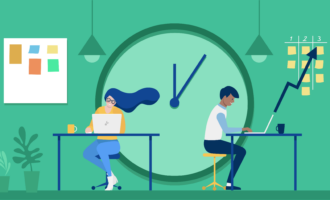

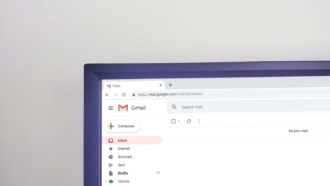


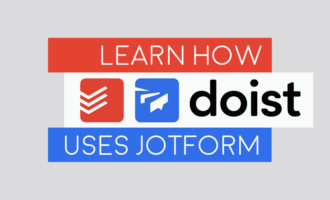
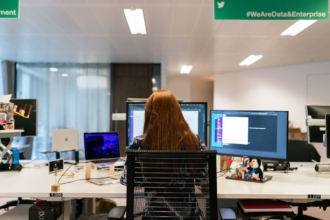


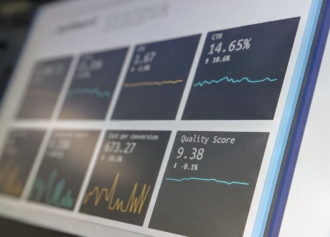




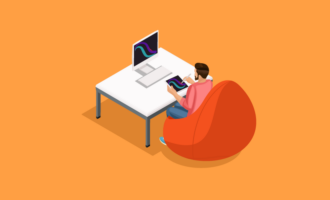

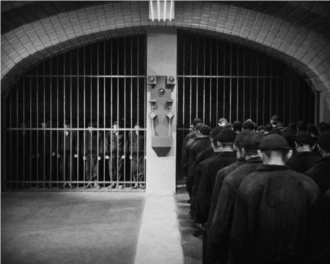




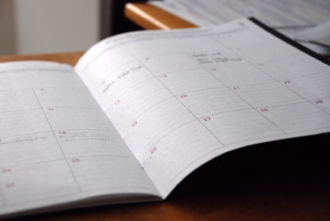






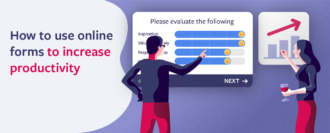













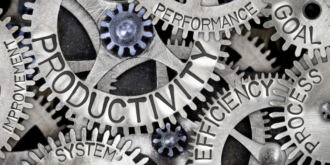
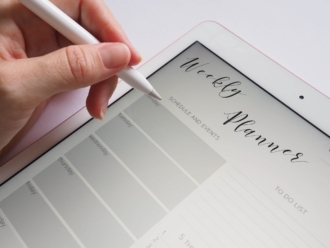






Send Comment: